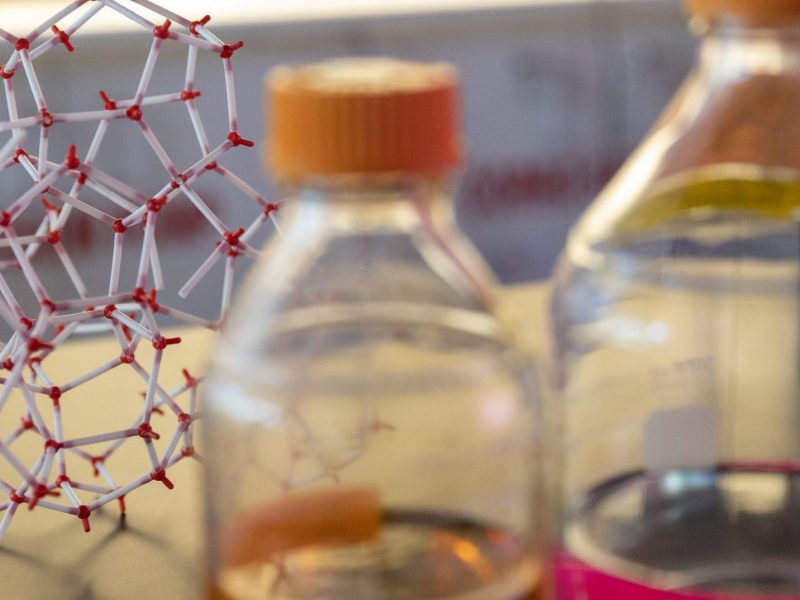Description
This technology utilizes specific compositions of ionic liquids in the development of wound-healing scaffolds to disrupt bacterial biofilm formation and to advance healing through enhanced permeation of antibiotics to treat difficult skin lesions. Specifically, novel electrospinning methods have been developed to form the protein scaffolds doped with variable amounts of choline geranate (CAGE). These scaffolds are fabricated using native skin proteins, and as a result more closely match the composition and architecture of skin, thereby enhancing wound healing.
Additional information
Patent number and inventor
10,293,080
Robert Kellar, Andrew Koppisch, Nathan Nieto, and Rico Del Sesto.
Potential applications
This technology has multiple clinical uses, including chronic wound-based infections (diabetic foot, pressure ulcers), surgical wounds and burns, dermatological applications (acne), military and battlefield trauma injuries, and veterinary applications.
Benefits and advantages
Most IL materials, including CAGE, appear to be relatively stable at room temperature for extended periods of time. CAGE may be stored on the benchtop with minimal precautions. CAGE displays broad-spectrum efficacy against microbial biofilms of species commonly associated with human wounds, including the ESKAPE pathogens and multidrug-resistant strains. Little to no toxicity of choline geranate toward human epithelial cells and no toxicity was reported in pilot studies in mice systematically exposed to choline geranate dermally or orally. In addition to their own antimicrobial activity, CAGE facilitates an increased penetration of co-administered antibiotics or other compounds to infections that lie within the skin.
Case number and licensing status
2017-004
Available for licensing.
